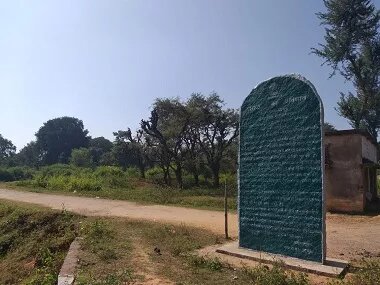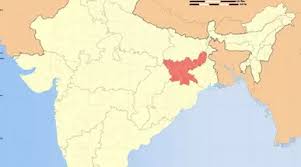In Jharkhand’s Khunti district, ‘pathalgadhi’ movement takes centre stage ahead of upcoming Assembly election.
Source – firstpost.com Outsiders are met with fear and suspicion in Jikhelata, a village in Jharkhand’s tribal-dominated Khunti district, regardless […]

